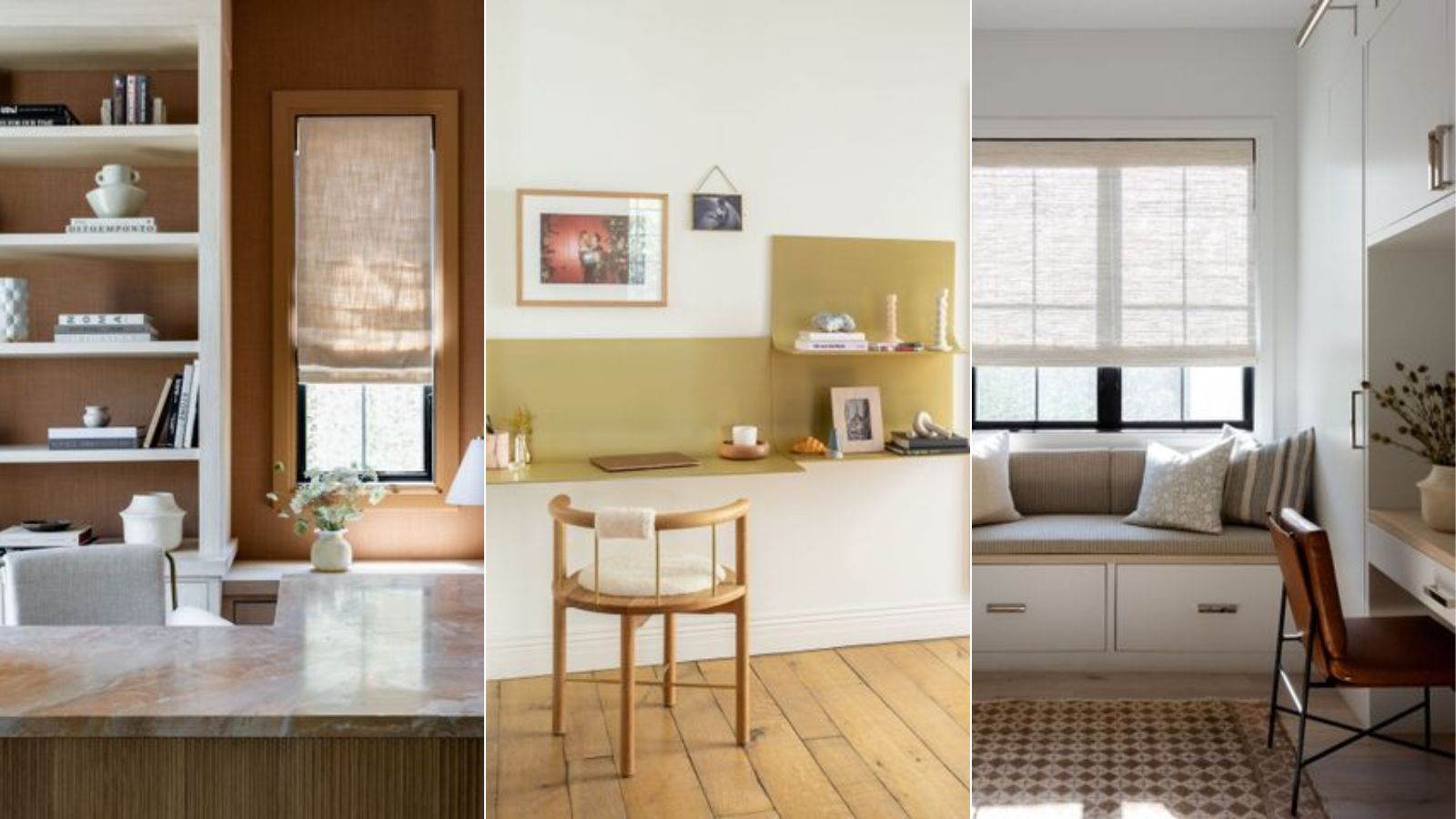
Staying warm in your home is essential for productivity and comfort, but it can be costly to keep cranking up the temperature every day. Luckily, there are a few ways to stay warm while working at home – by utilizing some tactical interior design choices, you can keep your space warm this winter.
Whether you are becoming frustrated with fluctuating temperatures or simply seeking cozy solutions to enhance your focus, with a few simple tricks you can design a warmer environment without hiking up your electricity bills.
Consider these expert-approved interior-focused tips to create a cozy and inviting workspace wherever you choose to work at home, from a home office, to a bedroom office combo, to a shed office.
How to keep warm while working from home
Winter can be a tricky time when it comes to keeping warm at home, especially when working from home and needing to keep energy costs low. Luckily, there are many interior design tips that can increase warmth while adding visual interest to your workspace.
1. Use warm furnishings and heated options
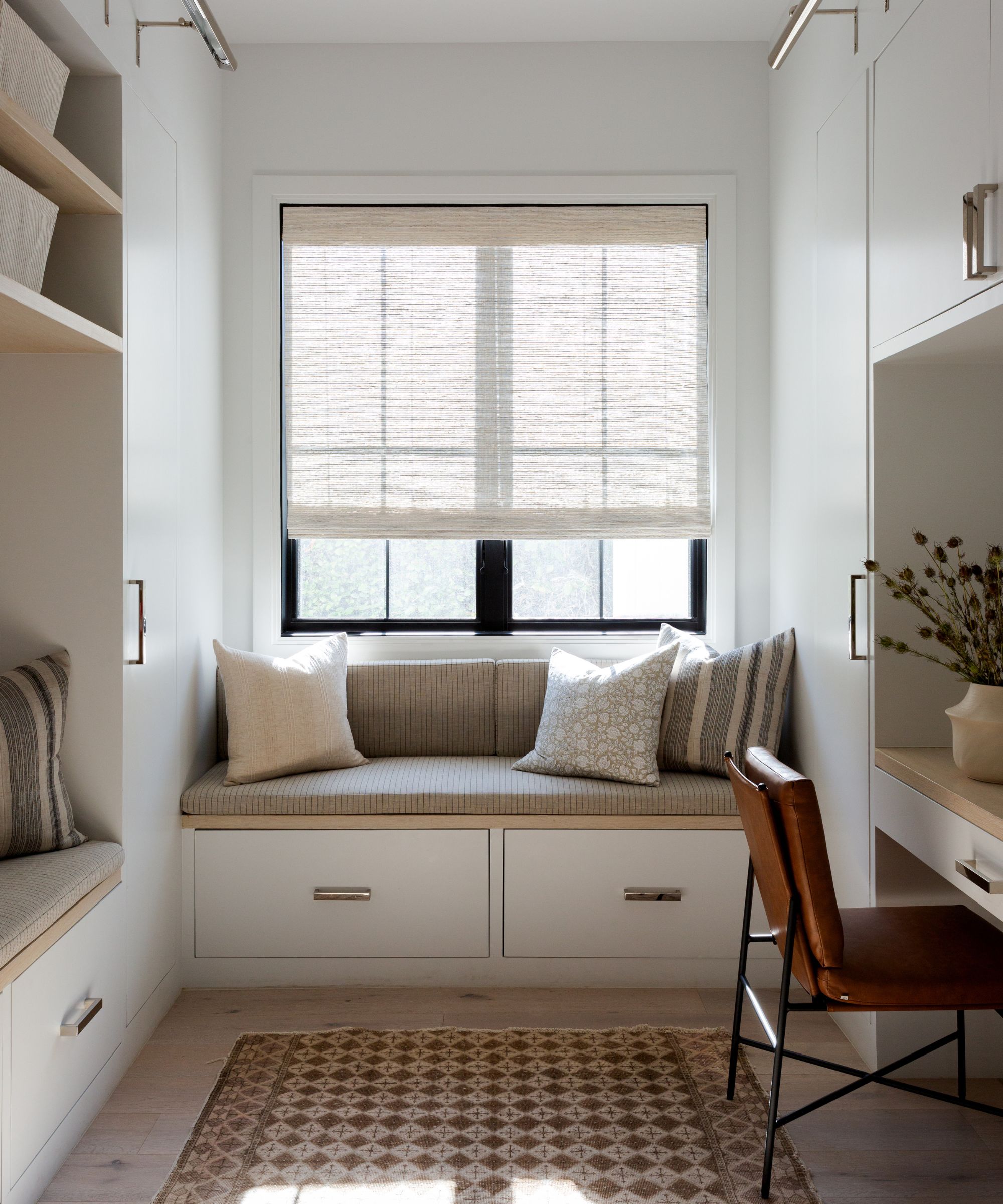
Adding layered textures to your home office not only adds visual depth but can also contribute to insulation. Use soft furnishings such as fluffy throw blankets, oversized throw pillows made from wool or fleece, and a plush area rug to keep your feet and body warm.
To avoid splashing out on heating the entire room, a game-changer for remaining warm when working from home is an electric blanket, chair pads, or cushions. You can use these chair pads or cushions set to the temperature you find most comfortable, ensuring your workspace is instantly cozy.
We recommend this heated chair cover, from Amazon. These energy-efficient additions can be draped over your chair or wrapped around you, providing personalized warmth without having to crank up the thermostat for the entire room.
2. Utilize sealing and insulation
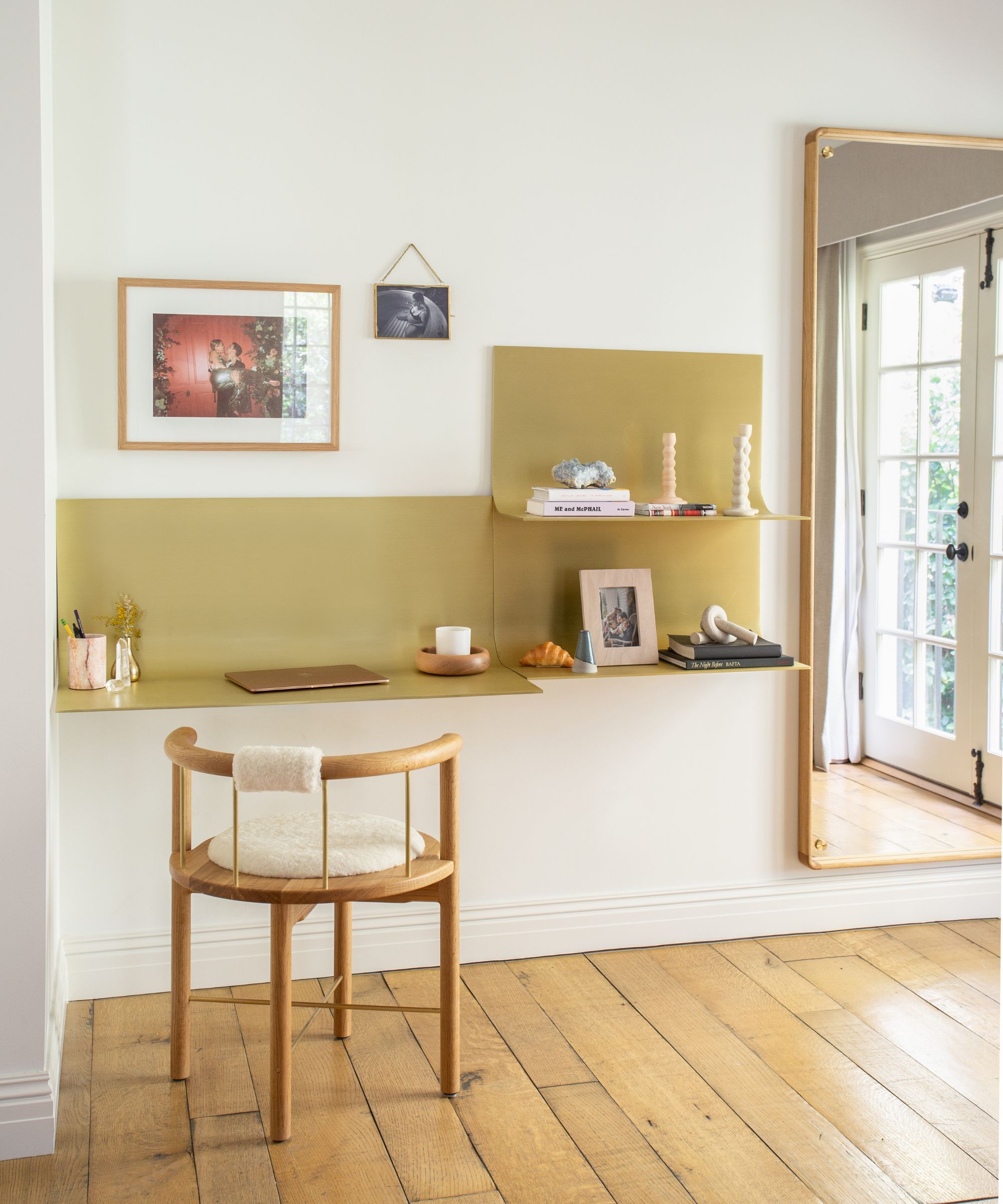
One of the main reasons homes lose warmth is through leaks and gaps, especially around windows and doors. By locating the source of drafts and blocking them, you can significantly increase the temperature in your home office.
You can use weather stripping, caulking or a simple door draft stopper to draft-proof this space. You can find these or create your draft-stoppers to fix a drafty door by utilizing old blankets, rice-filled fabric tubes, or crafting draft snakes with foam wrapped in a selected fabric.
For heat retention, consider using thermal insulation in your walls and ceilings or using heavier curtains and blinds.
'Insulating your space is crucial – sealing drafts and using thick curtains can keep the warmth in,' agrees Kent Boll, founder and CEO of Service Today. 'For your curtains, opt for thermal-lined options or even DIY solutions like using PVC shower curtains behind your regular curtains for an added layer of insulation.
'These small tweaks can substantially increase the effectiveness of your insulation efforts.'
However, be sure to keep your curtains open during the day to allow sunlight to seep in for natural warmth, and draw your curtains at night for insulation.
'The feet are also a major source of heat loss for the body, and hard floors in the workspace can get cold in winter,' explains David Chapman, founder of Ultimate Mats. 'Consider repositioning your rug under your desk so that your feet are not touching the cold floors all day long while you work.
'Also, interlocking foam mats are a surprisingly effective and affordable insulator for cold floors and are more affordable than carpets or rugs.' We recommend these interlocking EVA foam floor tiles, from Amazon, to use underneath rugs for an extra layer of thermal insulation.
3. Strategic furniture placement
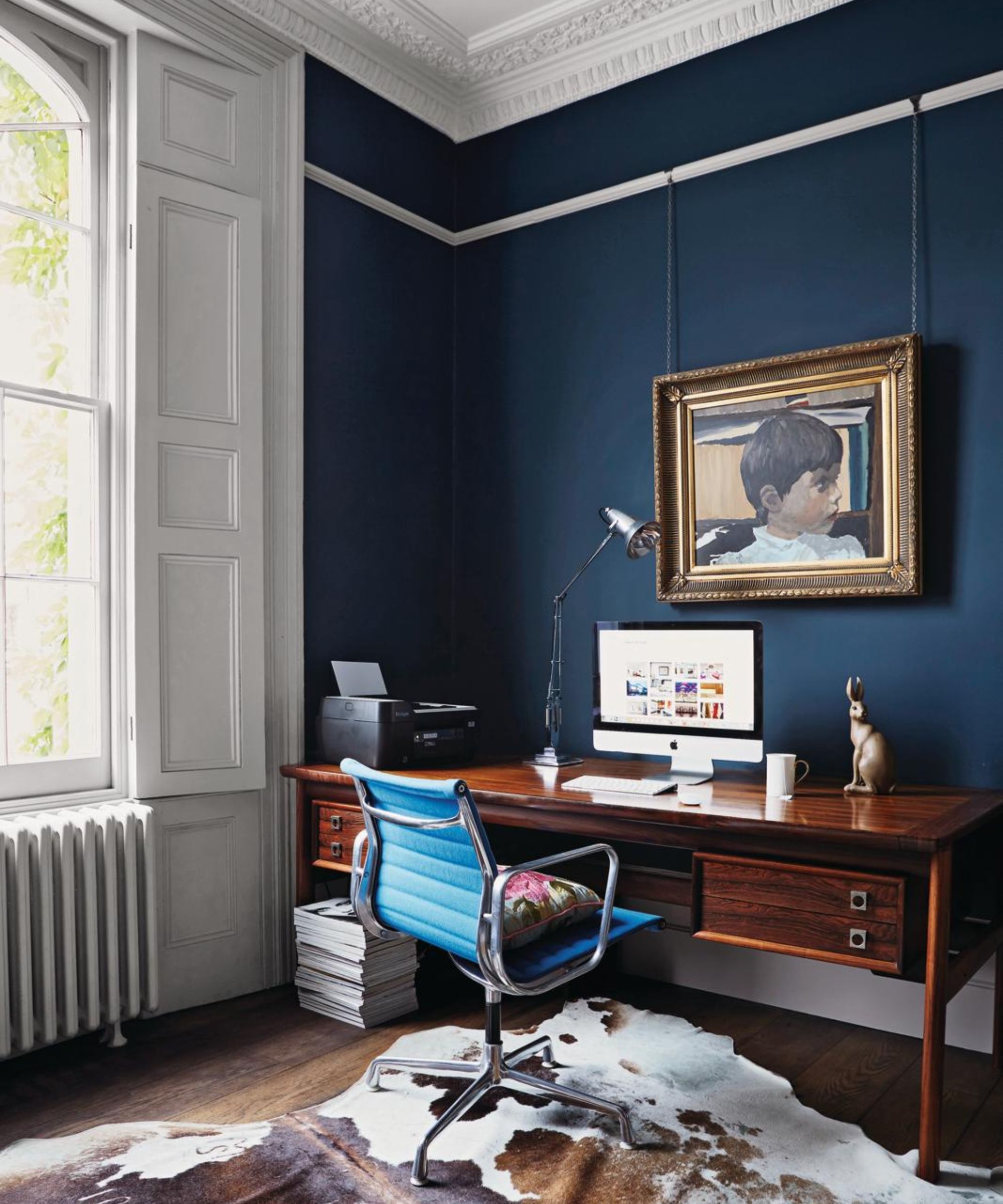
'I also recommend rearranging furniture to not only add an extra layer of insulation but also ensure that heat circulates efficiently without obstructing the airflow of heating sources,' says Kent Boll. Avoid placing a large piece of furniture in front of a radiator since this blocks the warmth from circulating.
'Position your desk and chair away from drafty areas. If you must be near a window, ensure it’s well-sealed,' advises Josh Mitchell, HVAC technician and owner of Air Conditioner Lab.
'Rearranging furniture to create a warmer workspace can make a significant difference.' Work near to where your radiators and sources of heat are.
You could also use bookshelves and room dividers, such as this Zeze room divider, from West Elm, to block off drafts and create a warmer microclimate in your workspace.
4. Stabilize humidity and temperature
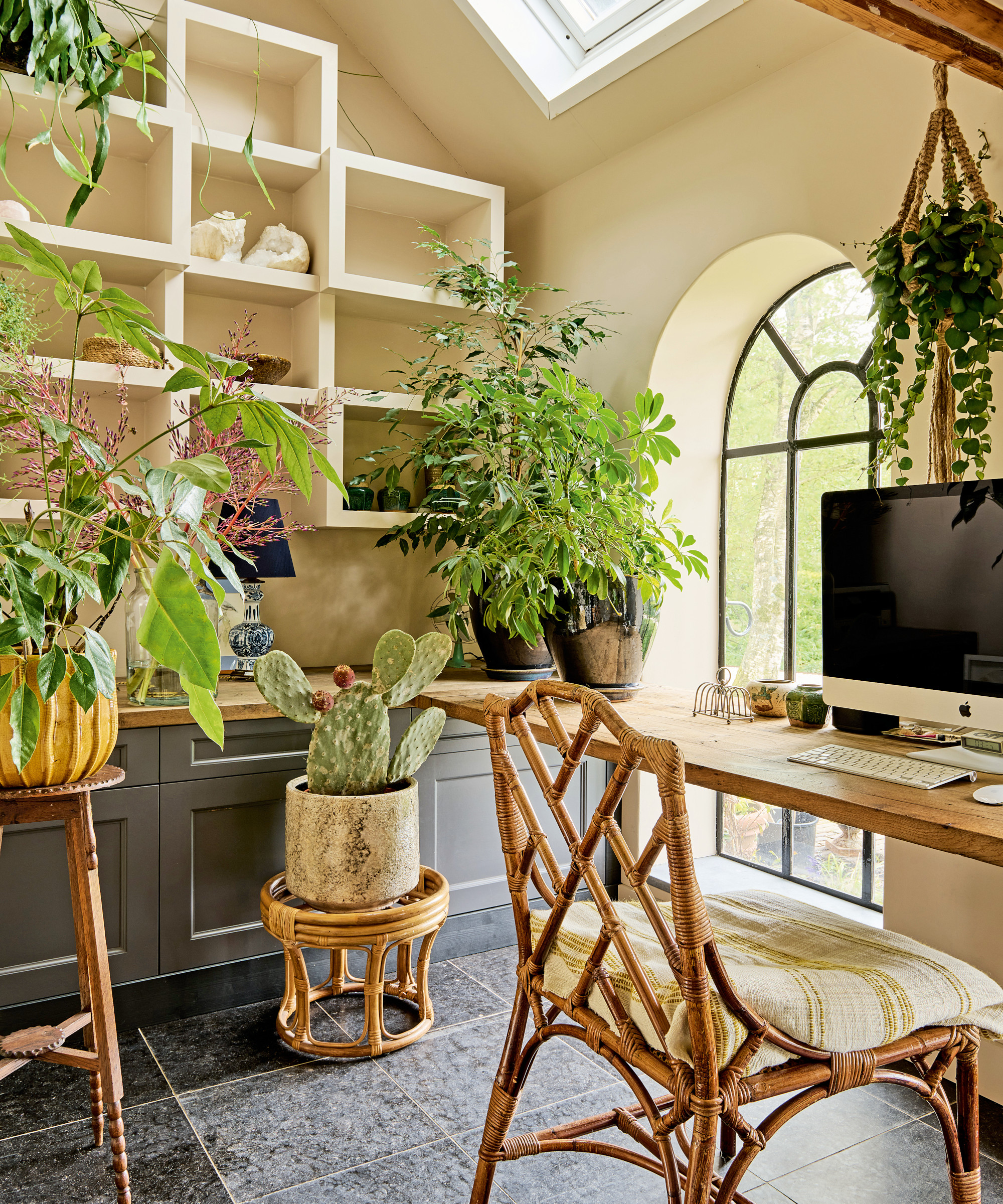
Using objects that can stabilize humidity and temperature levels and absorb moisture can make a room feel less cold.
'Maintaining a humidity level of around 40-60% can make the air feel warmer. Indoor plants or a small room humidifier can help achieve this balance, enhancing the workspace's warmth and air quality,' explains Josh Mitchell.
'Some great indoor plants that can naturally increase humidity include:
- 'Spider Plants: Easy to care for and effective at releasing moisture into the air.
- 'Peace Lilies: Not only do they add humidity, but they also purify the air.
- 'Boston Ferns: Known for their ability to add moisture to indoor air.
- 'Areca Palms: They release a good amount of water vapor in the air, making them great for maintaining indoor humidity.'
Additionally, Kent Boll explains, 'Placing objects with high thermal mass like stone, brick, or water-filled containers in sunlit areas helps maintain a steady temperature in the room. These objects absorb heat during the day and release it slowly, helping to maintain a steady temperature in the room.'
Consider incorporating these items into your room's design to contribute to a consistent and warm working environment.
5. Maximizing natural light and heat
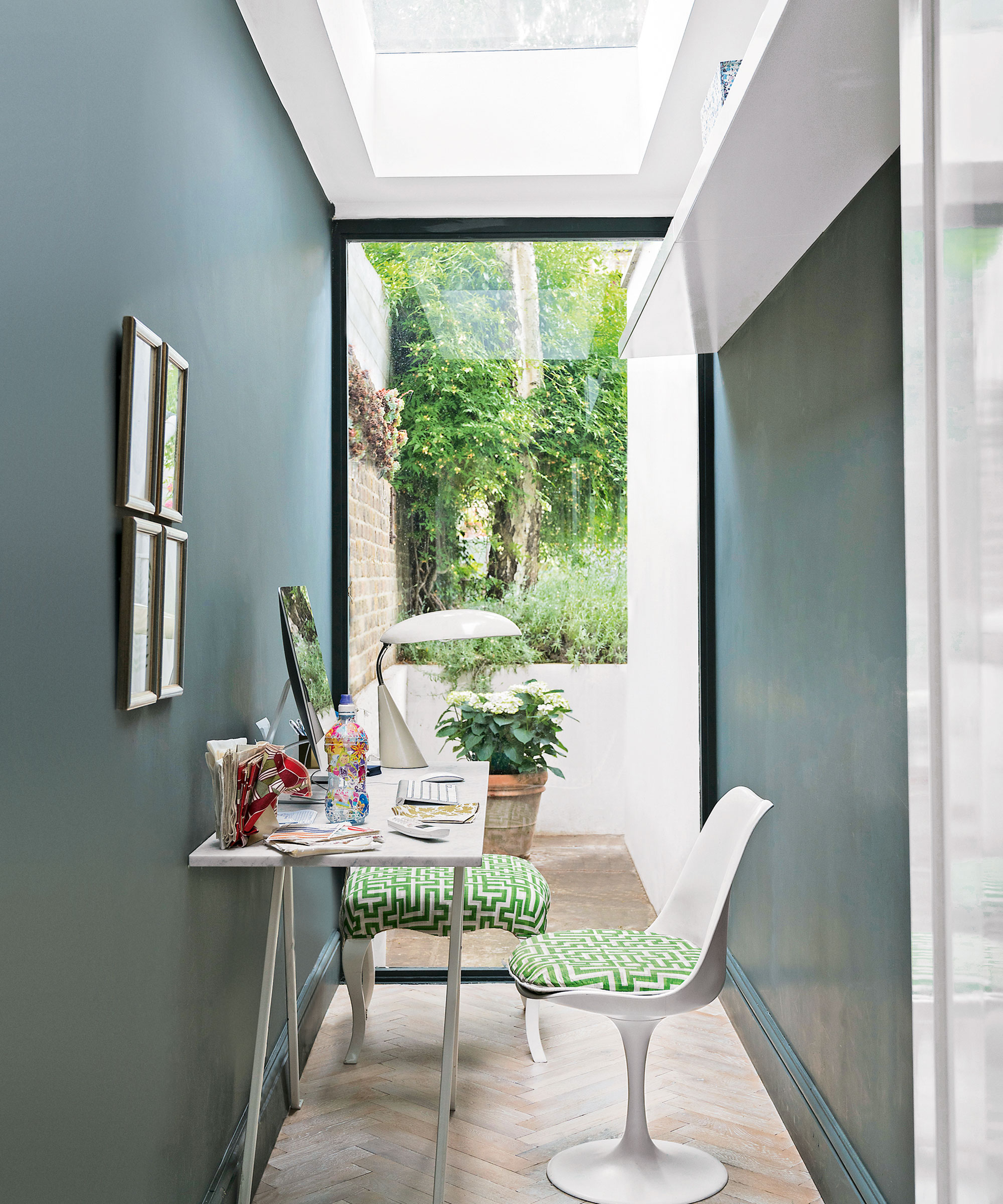
'Keeping warm while working from home, especially in colder months, doesn't have to mean skyrocketing electricity bills,' continues Kent Boll. 'I've found that maximizing natural light is a great start.
'Positioning your workspace to catch the sun's rays and keeping the curtains open during the day can naturally warm up the space, significantly reducing the need for artificial heating.'
6. Controlled use of space heaters
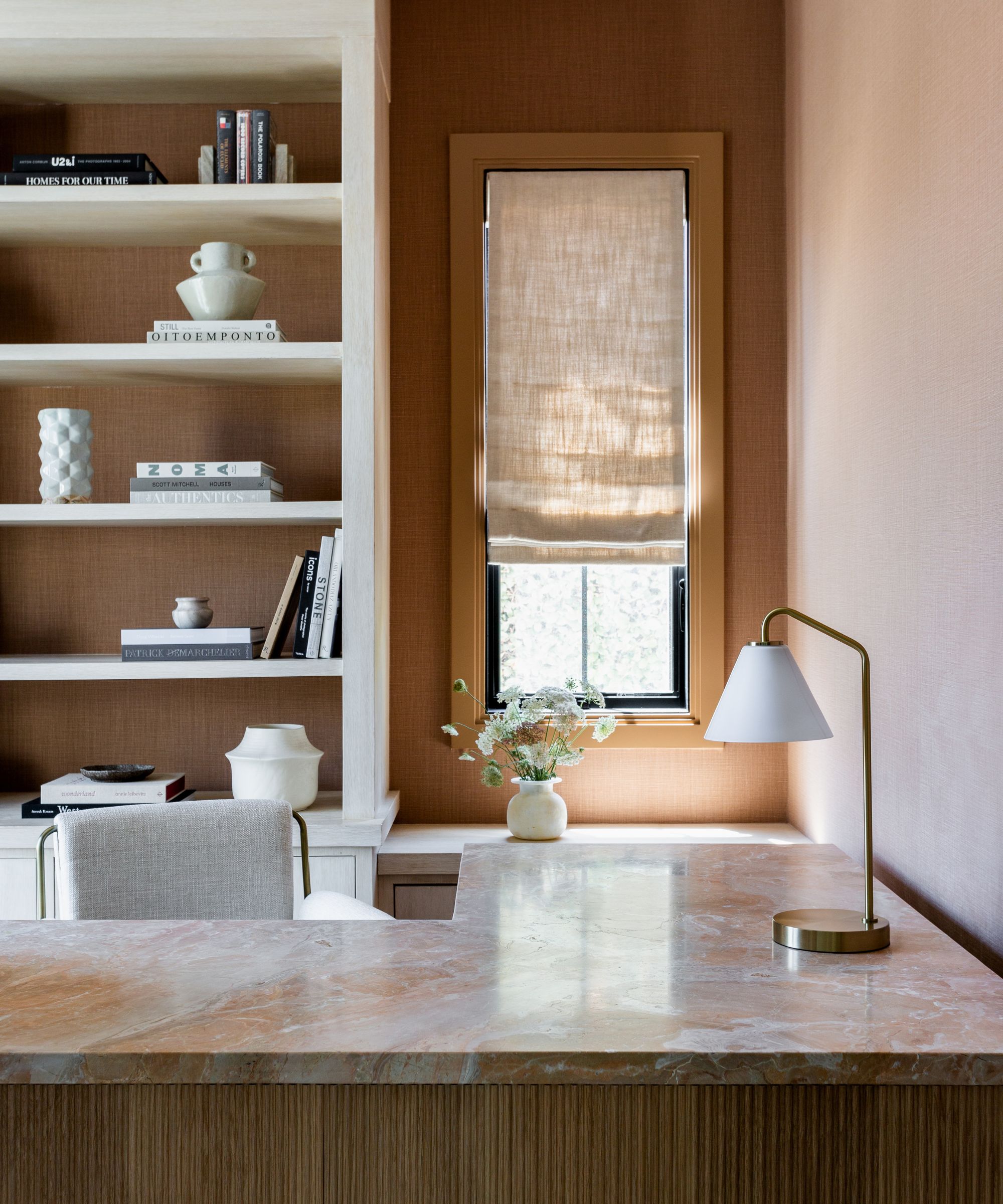
If you do need to use a home heating system, consider one which is targeted, energy efficient, and use it judiciously.
'For targeted heating, alternatives like ceramic or oil-filled heaters can be more energy-efficient,' explains Kent Boll. 'When using ceramic or oil-filled heaters, position them in areas where you spend most of your time to avoid heating unoccupied spaces.
'Use them in conjunction with a timer or a smart plug, so they only operate when needed, maximizing their efficiency and reducing unnecessary energy consumption.
'Reflective foil behind radiators on external walls helps to reflect heat back into the room instead of being absorbed by the walls, making heating more efficient.'
We recommend smart home must-haves to keep energy costs low, such as this Meross Matter smart plug, from Amazon. This can also be used to set personalized schedules and timers on your heaters, ensuring you work space is warm when you arrive at it.
Kent Boll adds, 'An often-overlooked trick is running ceiling fans in reverse at a low speed during winter to redistribute warm air from the ceiling throughout the room.'
'You can also consider using programmable thermostats to lower the heat when not at home or during the night can save a significant amount on bills.'
FAQs
What colors can make me feel warmer at home?
Colors have a profound impact on our perception of temperature. By choosing warm hues such as rich reds, earthy browns, and golden yellows in your decor you can create a space that feels warmer without having to turn up the heat.
'Finally, regular maintenance of heating systems is vital for efficiency. Remember to change air filters and clean the unit,' advises Kent Boll. 'This might not seem like an interior design tip, but a well-maintained system works more efficiently, providing better heat at a lower cost.'
'Ideally, your HVAC system should be professionally inspected and serviced at least once a year, preferably before the winter season, to ensure efficient and effective heating,' advises Josh Mitchell.







